In late June 2018, Google officially announced they were removing anonymous reviews from business listings. Google provided local search blogger Mike Blumenthal a short and sweet statement confirming the move.
“We do not allow anonymous reviews today and we’ve removed legacy anonymous reviews.”
The actual purge of anonymous reviews appears to have occurred in May. Google’s confirmation came after many local businesses became concerned about a decrease in the number of reviews on their listings over the past couple of months.
According to Blumenthal’s blog in May:
I was able to confirm that Google didn’t throw (the reviews) away, they are just no longer counting anonymous reviews from “A Google User” in the total shown in the Knowledge Panel. Whether this foretells some other action (vis a vis anonymous reviews) is not clear. But for now, many businesses will see an immediate drop in their review count. It will be more obvious to those that started the review process before the G+ era and have a lot of reviews from non-identified users.
Since reviews can be a key factor in acquiring potential customers, the sudden removal was alarming. To help you make sense of what’s going on, here are answers to a few common questions on the impact of the move for multi-location brands and local businesses.
Related – It’s Not Just News: Google Is Having Trouble with Fake Biz Listings Too
What are anonymous reviews?
Anonymous reviews are considered any type of comment left by “A Google User” (i.e., an unnamed account). These unidentified users account for about 3 percent of all reviews on Google, according to BrightLocal.
Google reviews with named author vs. “A Google User”
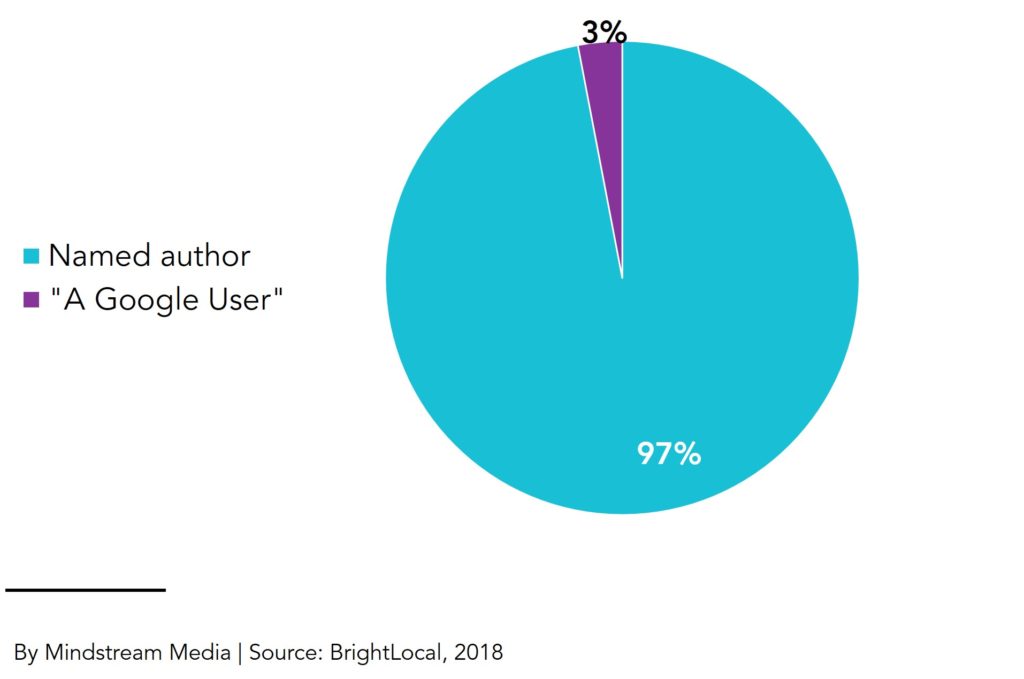
Even though this seems like a relatively small amount, BrightLocal conducted a survey of two million Google reviews across 40,000 different businesses and discovered that approximately 50,000 of these reviews were from anonymous users.
Where did all these reviews come from?
It’s tough to determine where all of these reviews came from (they are unidentified after all). Some reviews are from nefarious accounts, but many came from the pre-G+ era when users didn’t have obligatory social profiles tied to their Google activity.
We do know when a lot of the reviews came from. BrightLocal’s study also looked at the number of anonymous Google reviews posted each year and found that activity spiked in 2012 and has seen a precipitous drop since then.
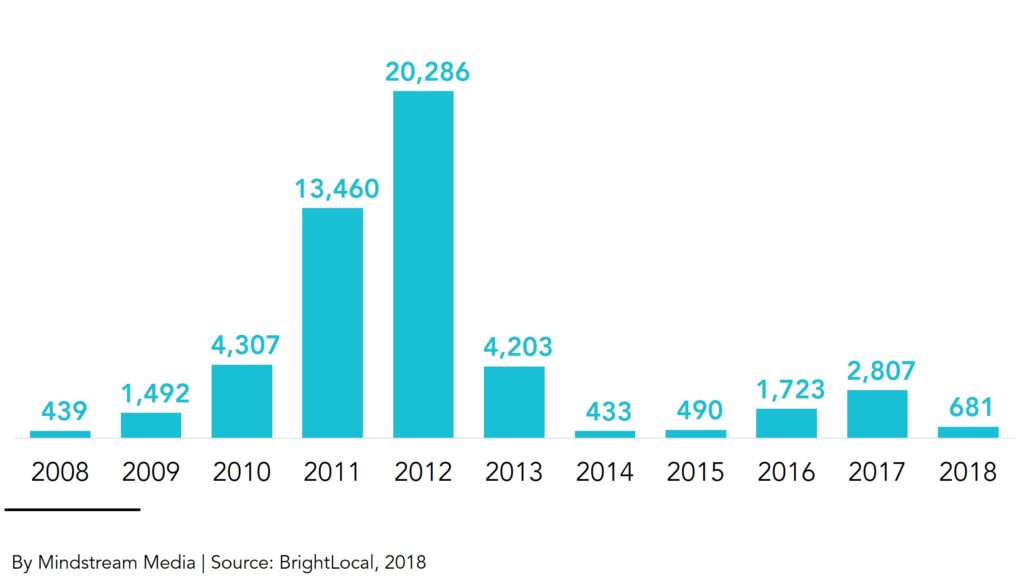
Note from BrightLocal: the size of the database has grown over the years, so these figures aren’t the result of an exact science (also note that 2018 is H1 only), but they still point to a clear trend.
What’s the big deal with anonymous reviews?
Although anonymous users have contributed just a tiny sliver of all reviews on Google, they’re the main culprits of fake reviews and can lead to lower average scores. The BrightLocal study found that identifiable users gave an average rating of 4.3 stars, while anonymous reviewers gave an average of 4.1 stars.
According to BrightLocal:
This suggests that, overall, business owners and reputation managers have reason to be happy in the long-term, as the anonymous reviews dragging their star rating down will be gone, leading to a higher average star rating.
Did Google target any non-anonymous reviews?
The short answer is yes, but it might not be related to the purge in May. Google routinely pulls reviews from non-anonymous profiles if they deem the content as spam. According to Moz, this could happen for a variety of reasons:
- Having paid for or incentivized reviews, either directly or via an unethical marketer.
- Reviews stemming from a review station/kiosk at your business.
- Getting too many reviews at once.
- URLs, prohibited language or other objectionable content in the body of reviews.
- Reviewing yourself, or having employees (past or present) do so.
- Reviews were left on the same IP address (as in the case of employee reviews or customers leaving them on your free on-site Wi-Fi).
- The use of review strategies that prohibit negative reviews or selectively solicit positive reviews.
- Any other violation of Google’s review guidelines.
- A Google bug. In which case, check the Google My Business forum for reports of similar review loss and wait a few days to see if your reviews return. If they don’t, you can take the time to post about your issue in the GMB forum, but chances are not good that removed reviews will be reinstated.
What happens next?
Despite Google’s valiant effort to make anonymous reviews a thing of the past, there are ways to game the system. For instance, users could use a fake name under a different account and post multiple reviews. However, if business managers look into other reviews from the account, they could see if this person was part of a review sharing scheme or working for a review network (both of which are not allowed on Google) and the business owner could alert Google.
Online reviews are critical to local businesses, with 85 percent of consumers trusting online reviews as much as personal recommendations. Google has been battling with review transparency for a while now and the removal of anonymous reviews is a step in the right direction.


![[Guide]: Voice Search Marketing – How to Reach Smart Speaker Users](https://mindstreammediagroup.com/wp-content/uploads/2018/07/Marketing-to-Consumers-on-Smart-Speakers-featured-image.jpg)
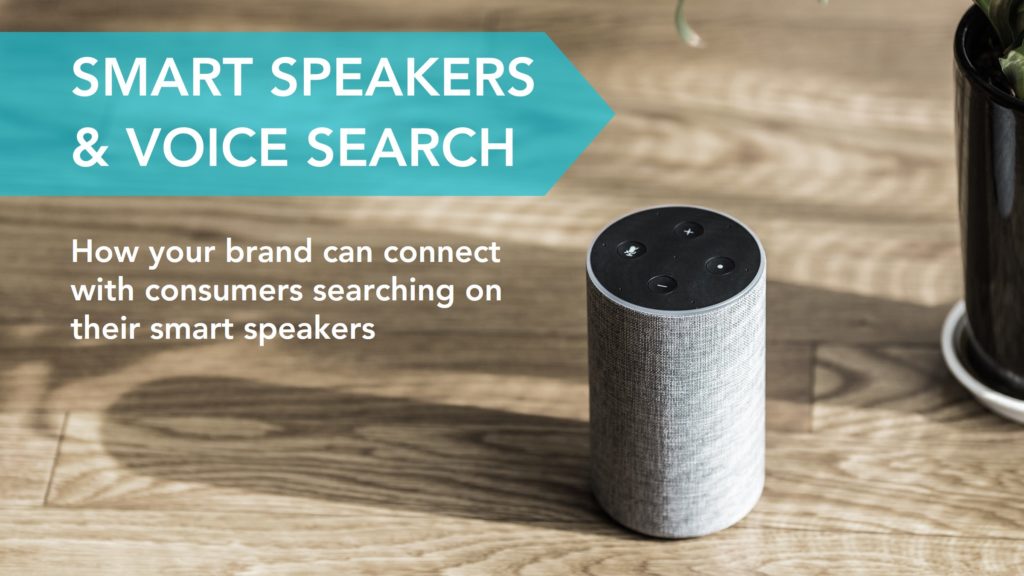
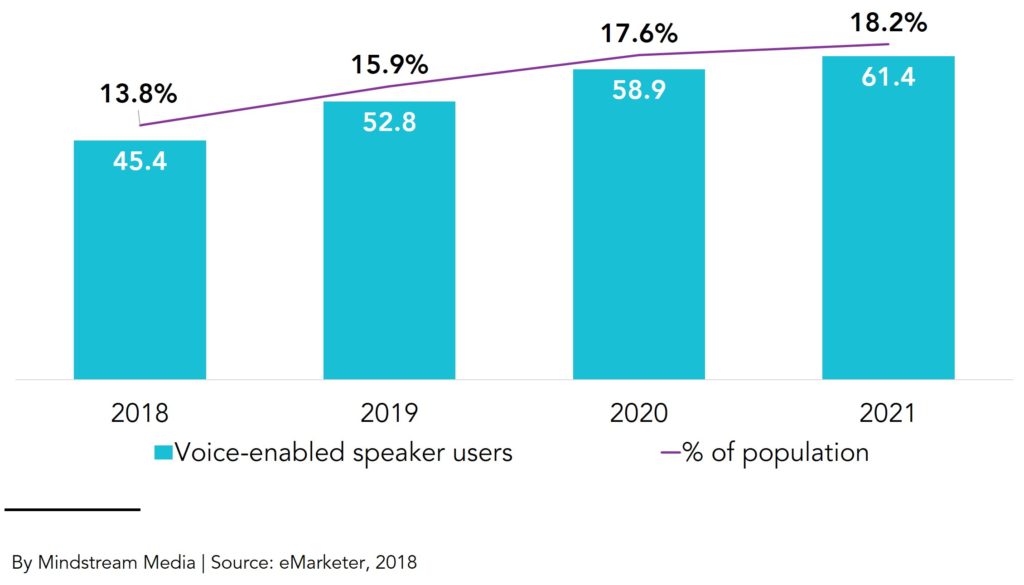
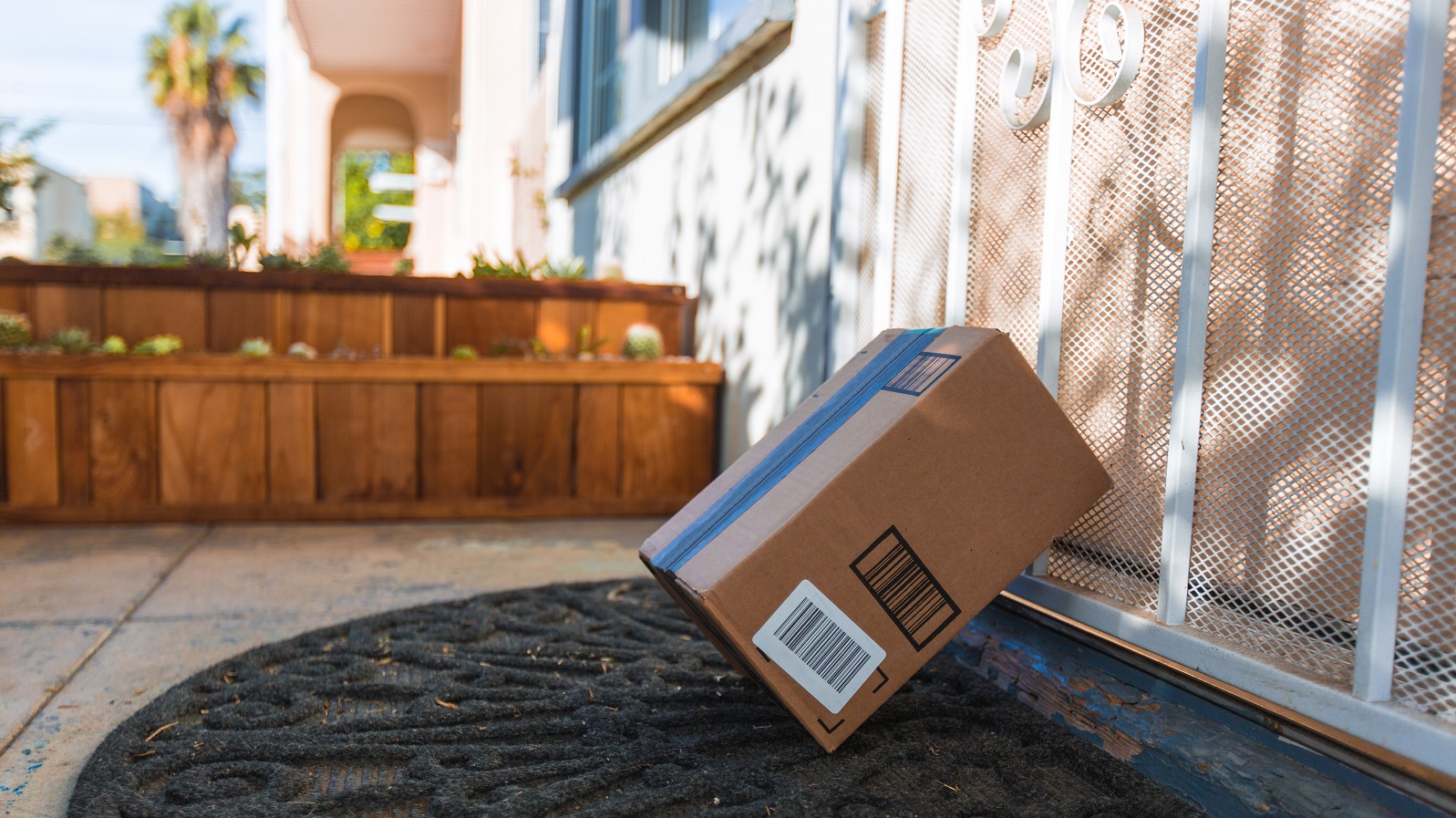
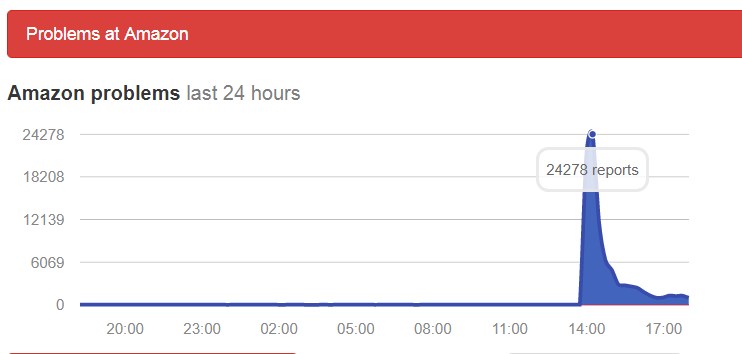
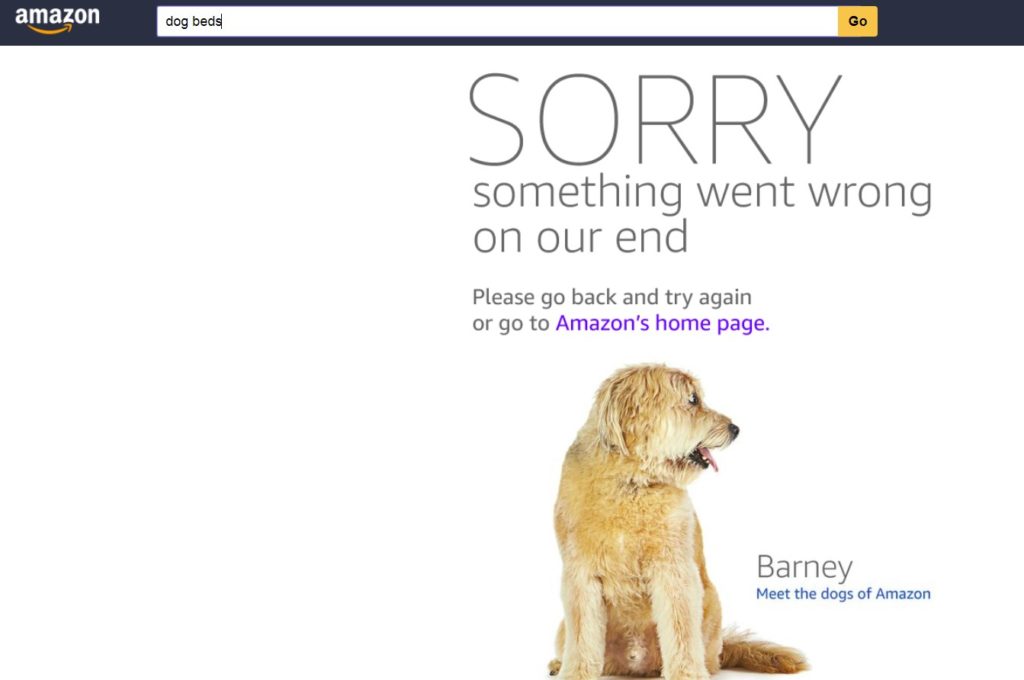
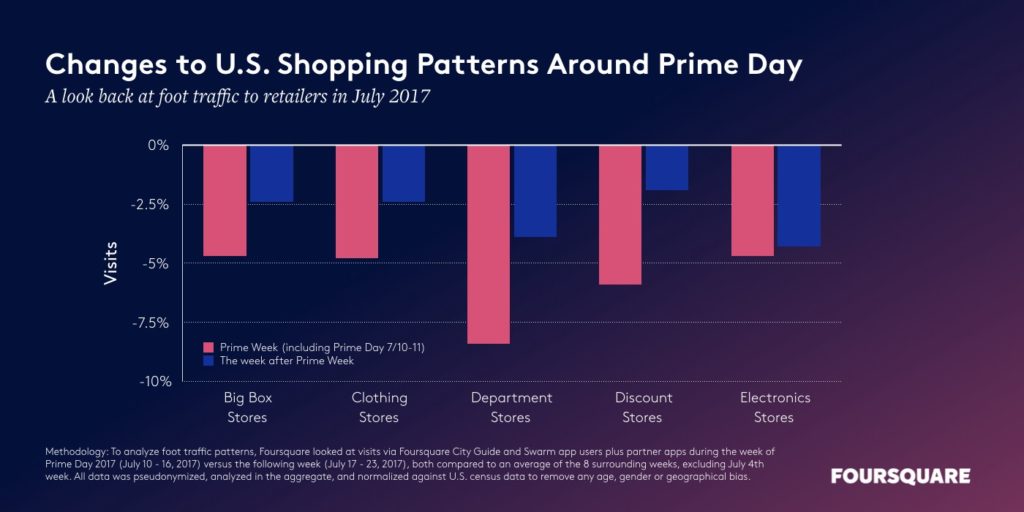
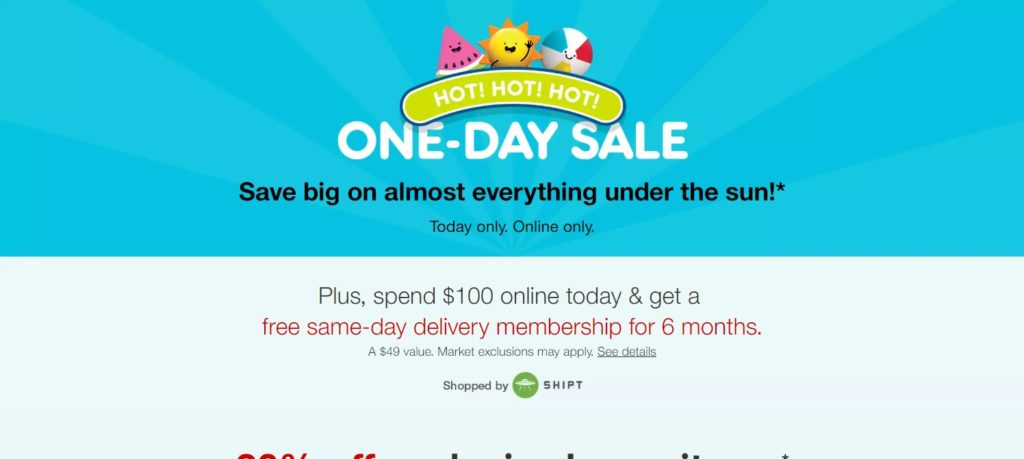
![[JULY 2018] Top Announcements for Advertisers from Google Marketing Live](https://mindstreammediagroup.com/wp-content/uploads/2017/03/Googleplex-featured-image.jpg)

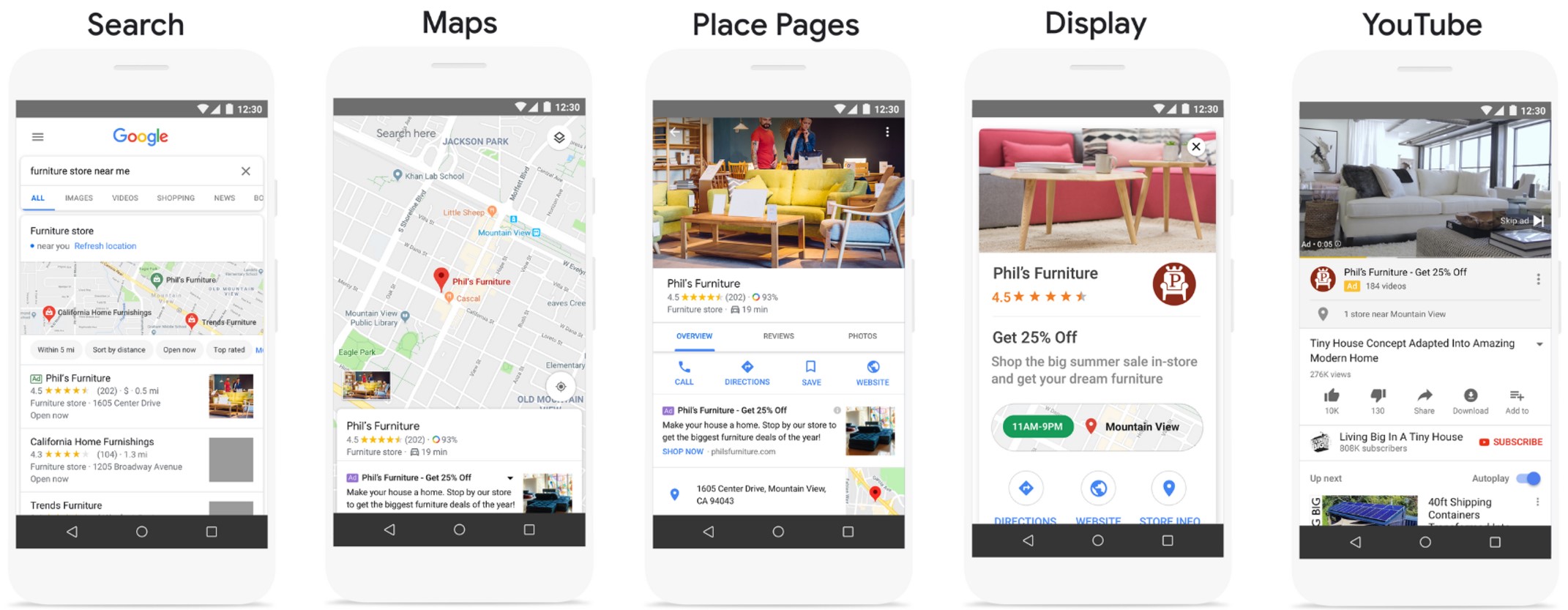
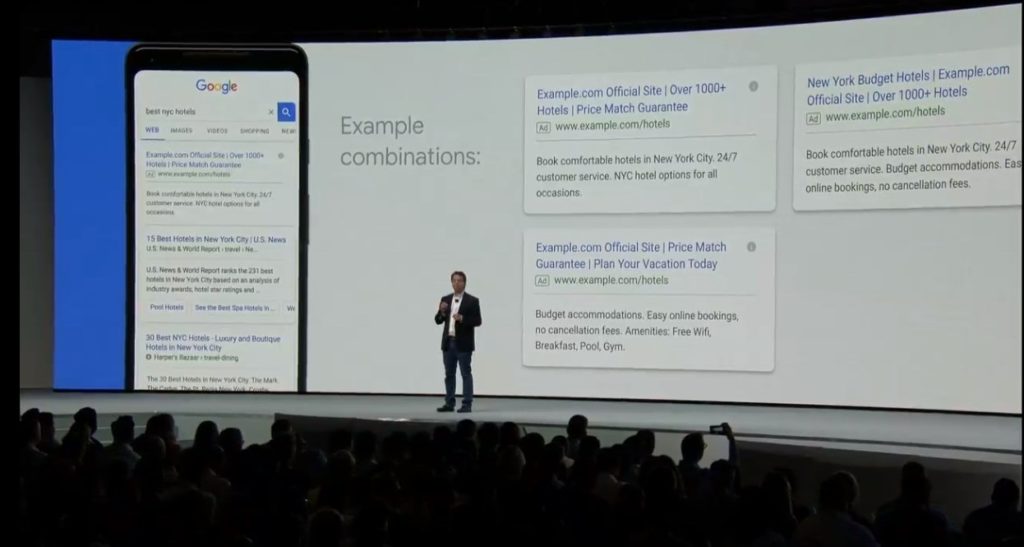
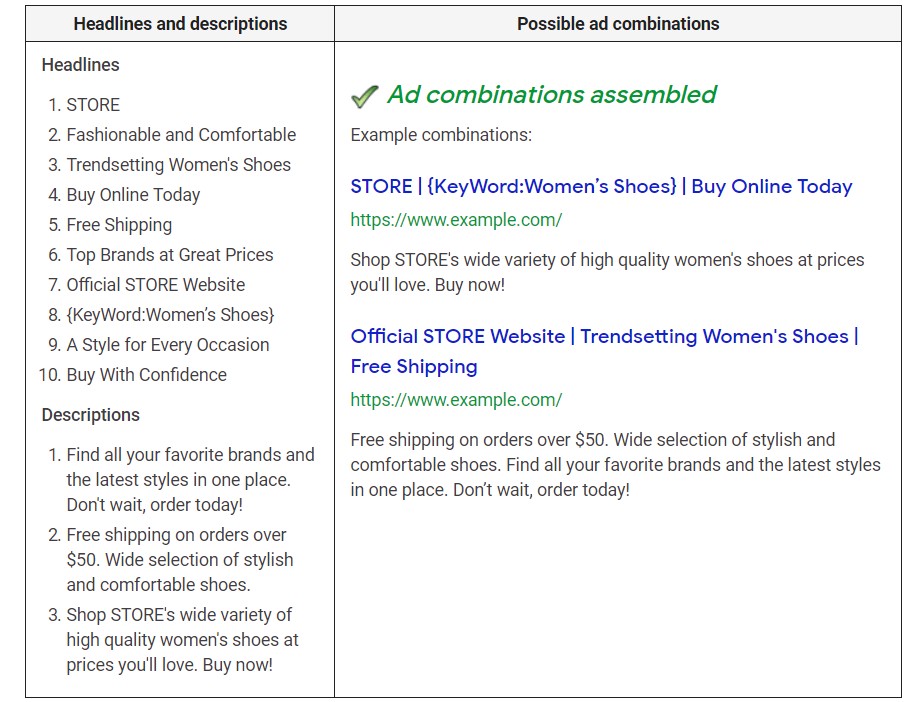
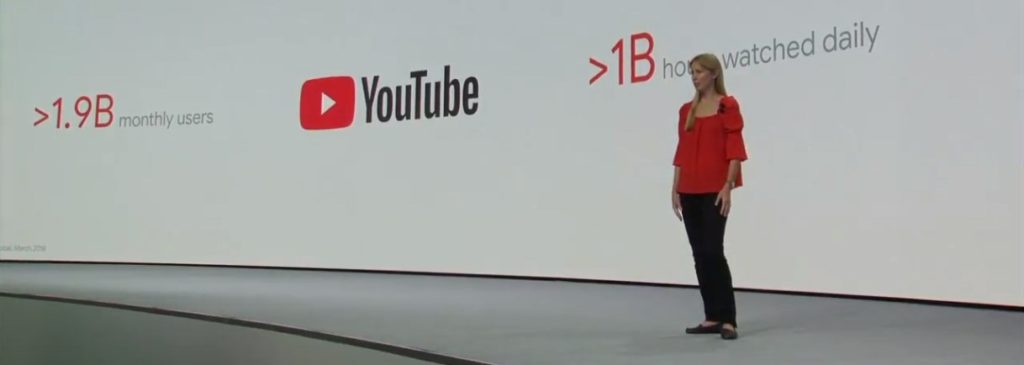
![[Case Study]: Our Digital Marketing Strategy Drives Profitable Traffic for Portrait Innovations](https://mindstreammediagroup.com/wp-content/uploads/2018/07/Portrait-Innovations-Digital-Marketing-Strategy-Case-Study-Campaign-Creative-e1539021327922.jpg)

![[July 2018] Google Update: Goodbye Google AdWords; Hello Google Ads](https://mindstreammediagroup.com/wp-content/uploads/2018/07/Google-AdWords-is-now-Google-Ads-featured-image.jpg)